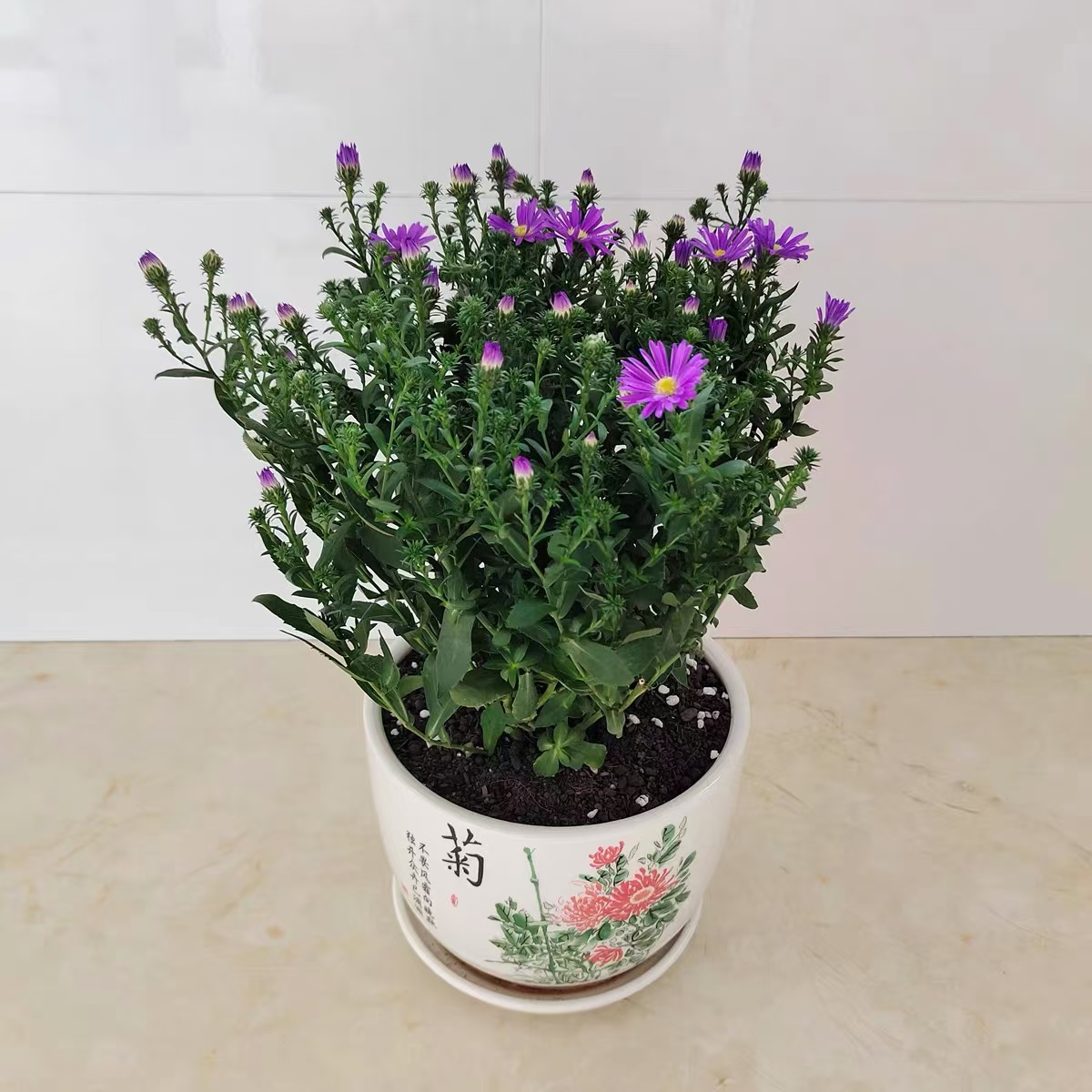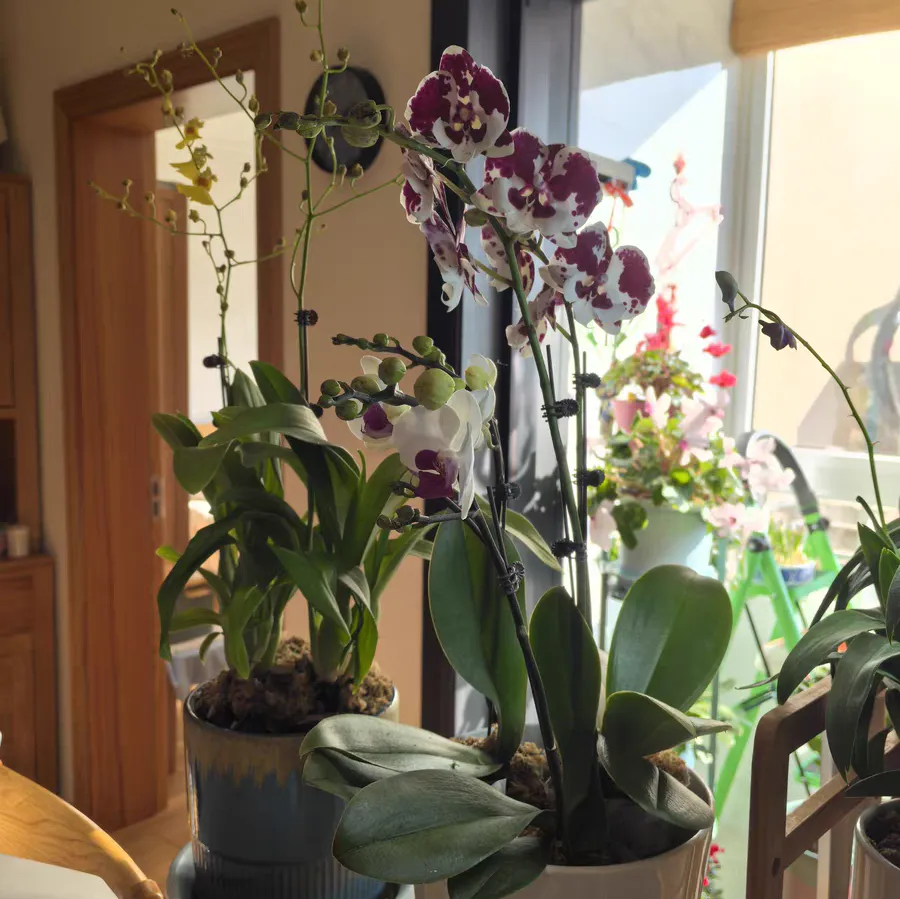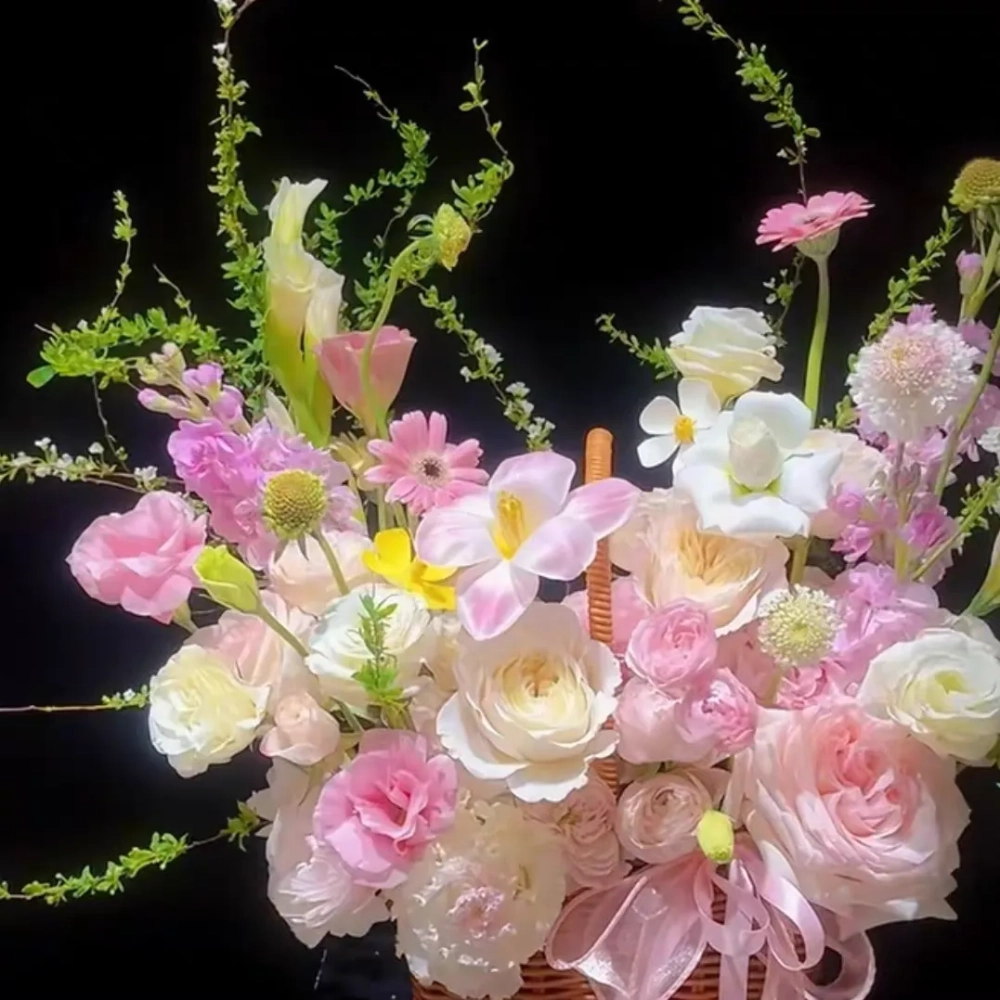With the quiet arrival of winter, many flower enthusiasts choose to move their beloved flowers indoors for cultivation to avoid the encroachment of the severe cold. However, the indoor environment is quite different from the outdoor one, posing new challenges to the growth of flowers. To ensure that the flowers can still remain lush and green with abundant branches and leaves in winter, we need to pay special attention to and do a good job in three key protection points.
Cold Protection
Suitable Temperature Range
Different flowers have different temperature requirements. But for most foliage plants and flowering plants when cultivated indoors in winter, it is recommended to keep the room temperature between 10°C and 20°C. This temperature range can not only prevent the flowers from being damaged by freezing but also promote their normal growth and flowering.
Keep Away from Cold Sources
Avoid placing the flowers near doors and windows, as these places are prone to being directly invaded by the outdoor cold air. The temperature near the air conditioner outlet or the heating radiator changes greatly, which is not conducive to the stable growth of the flowers and should be placed away from them. The temperature of the ground and the walls close to the outside is relatively low and is also not suitable for the growth of flowers.
Warming Measures
For flowers that are particularly sensitive to cold, such as succulent plants and phalaenopsis orchids, additional warming measures can be taken, such as covering them with plastic bags, wrapping them with thermal insulation materials, or using heating pads.
Waterproofing
Watering Principle
Flowers grow slowly in winter and the amount of water evaporation decreases. Therefore, watering should follow the principle of "water when the soil surface is slightly dry, and it is better to keep the soil dry than wet". That is, water the plants after the surface of the potting soil is slightly dry to avoid waterlogging that may cause root rot.
Spraying to Increase Humidity
The indoor environment is relatively dry. You can increase the air humidity by spraying water on the leaf surfaces or using a humidifier, especially for some moisture-loving flowers such as ferns and orchids.
Pay Attention to Ventilation
While keeping the indoor warm, it is also necessary to pay attention to opening the windows for ventilation at the appropriate time to avoid poor growth of the flowers caused by overly enclosed air.
Pest and Disease Prevention
Clean the Potting Soil
Regularly check and clean the fallen leaves, withered branches, and weeds in the flowerpots to reduce the breeding environment of pests and diseases. At the same time, keep the potting soil loose and breathable, which is conducive to the respiration and growth of the roots.
Observe Symptoms
Closely monitor the growth status of the flowers. Once abnormal phenomena such as spots, yellowing, curling, or withering are found on the leaves, it is necessary to promptly check whether they are infected with pests and diseases and take corresponding prevention and treatment measures.
Physical Prevention and Chemical Treatment
For example, using yellow sticky boards to trap aphids, using natural enemies to control the number of pests, etc. After the diagnosis of pests and diseases, appropriate pesticides can be selected for spraying or root irrigation treatment. Pay attention to using the drugs correctly according to the instructions to avoid harming the flowers.
When growing flowers indoors in winter, doing a good job in the "Three Preventions" - cold protection, dryness prevention, and pest and disease prevention - is the key to ensuring the healthy growth of the flowers. By adjusting the indoor temperature, watering reasonably to maintain humidity, and cleaning the environment to prevent pests and diseases, we can keep the flowers still lush and green with abundant branches and leaves in winter.
What Should Be Noted When Growing Flowers Indoors in Winter?

Share with
Tagged in :




Leave a Reply